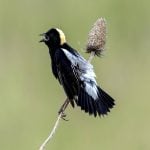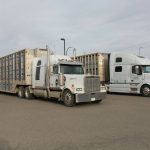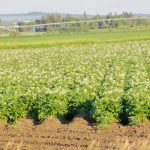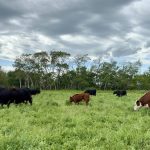KAMLOOPS, B.C. — Do it yourself research is one way farmers can find answers to questions on their own Back 40.
In 2014, the British Columbia Forage Council initiated a program to support local field trials, install weather stations and encourage producers to do research that fits with their conditions.
Wayne Ray of Fort Fraser, B.C., wanted to investigate how to improve his alfalfa hay fields. He wanted to be more efficient on his land, save money on seed and determine what varieties might be resilient as the climate changes.
Read Also
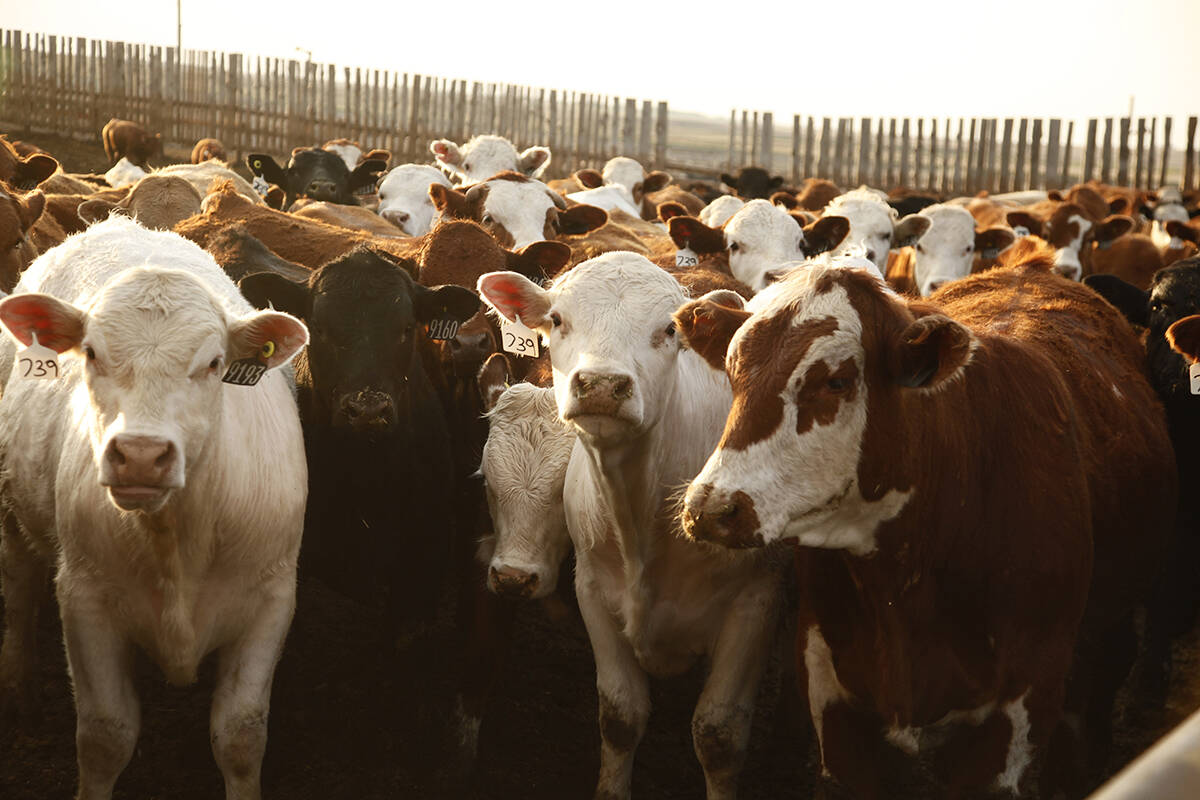
Canada’s simplified BSE testing program shows good uptake
Going by the number of submitted material samples so far, cattle producers’ response so far to an updated national surveillance program for BSE is encouraging for Canada’s CFIA.
“I’m looking for quality and long life,” he said in an interview at the B.C. Cattlemen’s Association annual meeting, which was held in Kamloops May 25-27.
His ranch, 120 kilometres west of Prince George, B.C., is showing the effects of a changing climate as rain and snow occur later.
The applied research program provided him with a weather station to record precipitation and temperature as well as probes to assess soil moisture and temperature. He has always recorded local weather and has noticed changes.
Up until 2002, the region received 25 to 50 percent of its rainfall in April and May. Haying could start in mid-June and a second cut was often possible. Rain is now coming later, and in 2010 he did not get his first cut until August.
In 2015, he set aside 50 acres with four plots to test seeding rates, depths and varieties. He found that seeding at a rate of 18 to 25 pounds with a mixture of varieties works best for his microclimate.
He takes soil moisture probes and clips the alfalfa to assess quantity.
Clipping and weighing growth might take six hours, but other assessments probably took an hour a month by throwing a hoop onto the half-mile-long strip to count plants and assess growth. He weighed every bale at harvest to make further comparisons.
“You really have to do the data collection. Your eyes can’t see it,” said Catherine Tarasoff, a rangeland ecologist who has worked with farmers to establish their own applied research programs.
“Some of these demonstration plots (by seed companies), they set up where there are drastic differences. Well, it doesn’t always look like that when you do your re-search.… When you do your samples, things start to look a lot clearer.”
A 2013 study at Vanderhoof showed more applied research was needed, and the following year a grant was received to install weather stations, guide on-farm demonstrations and produce a manual for producers to do their own work.
Installing on-farm weather stations shows regional patterns are changing, which affects planting and harvest time.
“The climate is not working with our normal production methods anymore, so we need to try something different,” she said.
Tarasoff has worked with producers who wanted to know the best timing and variety of forage for harvesting. This is not research that will be published but answers personal questions.
“There is research we can be doing on farm and answering your own questions by what you see in the field,” she said. “It will be informative when you do the work.”









